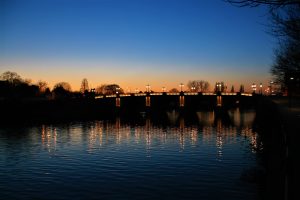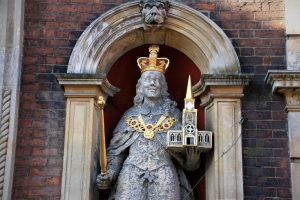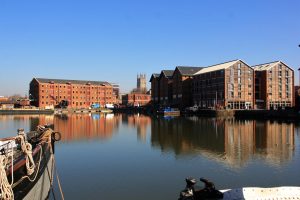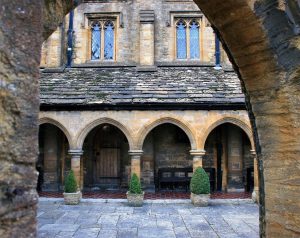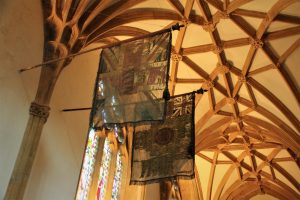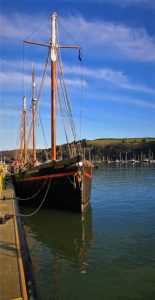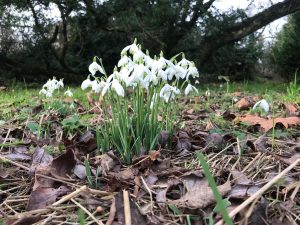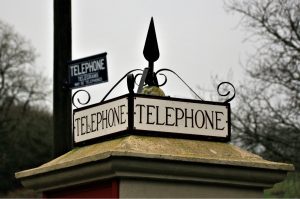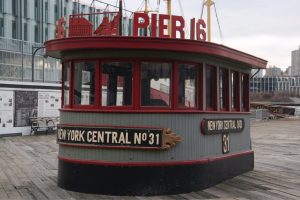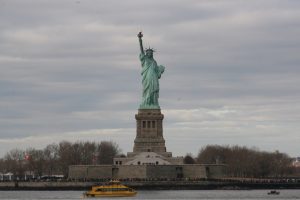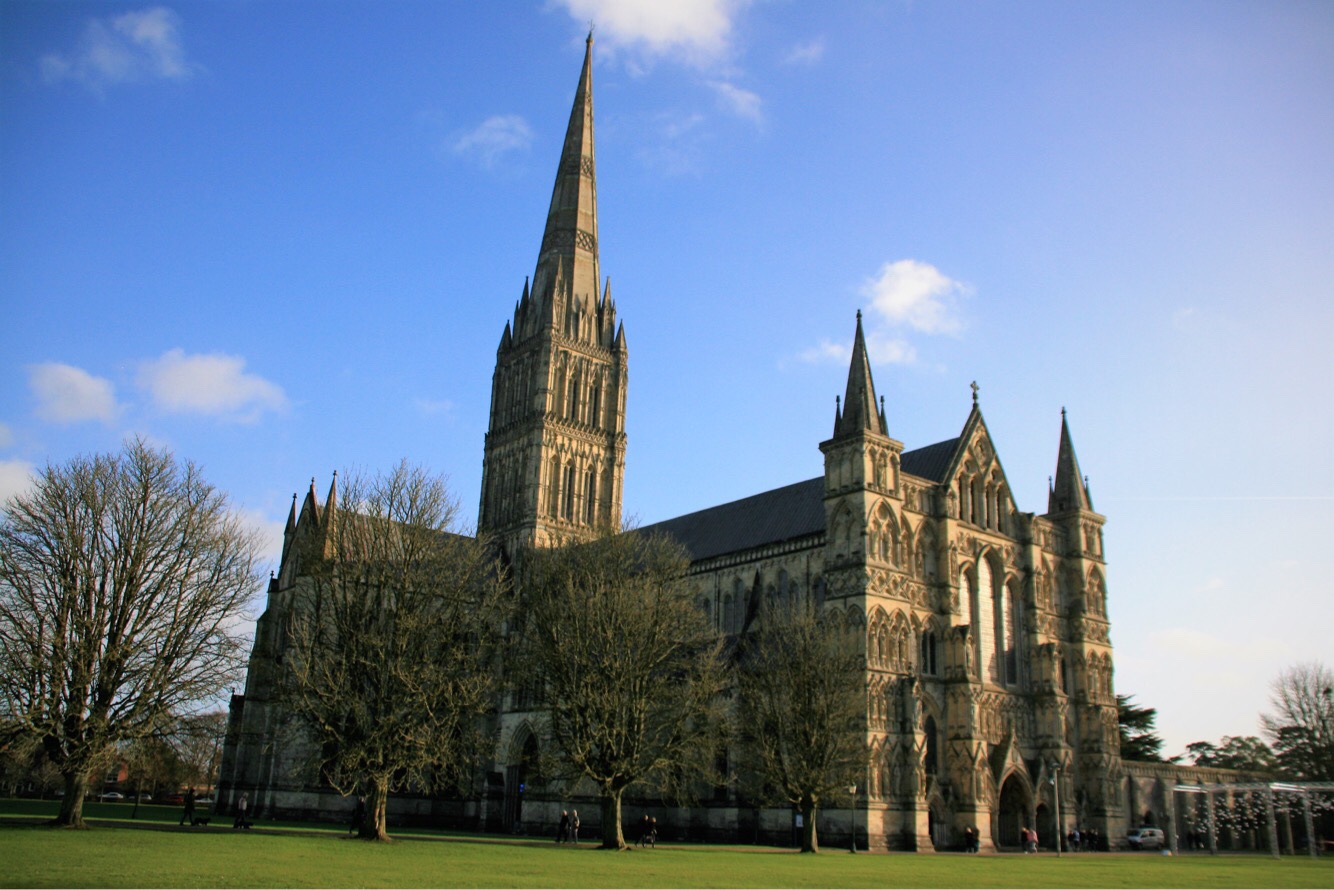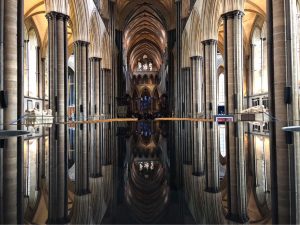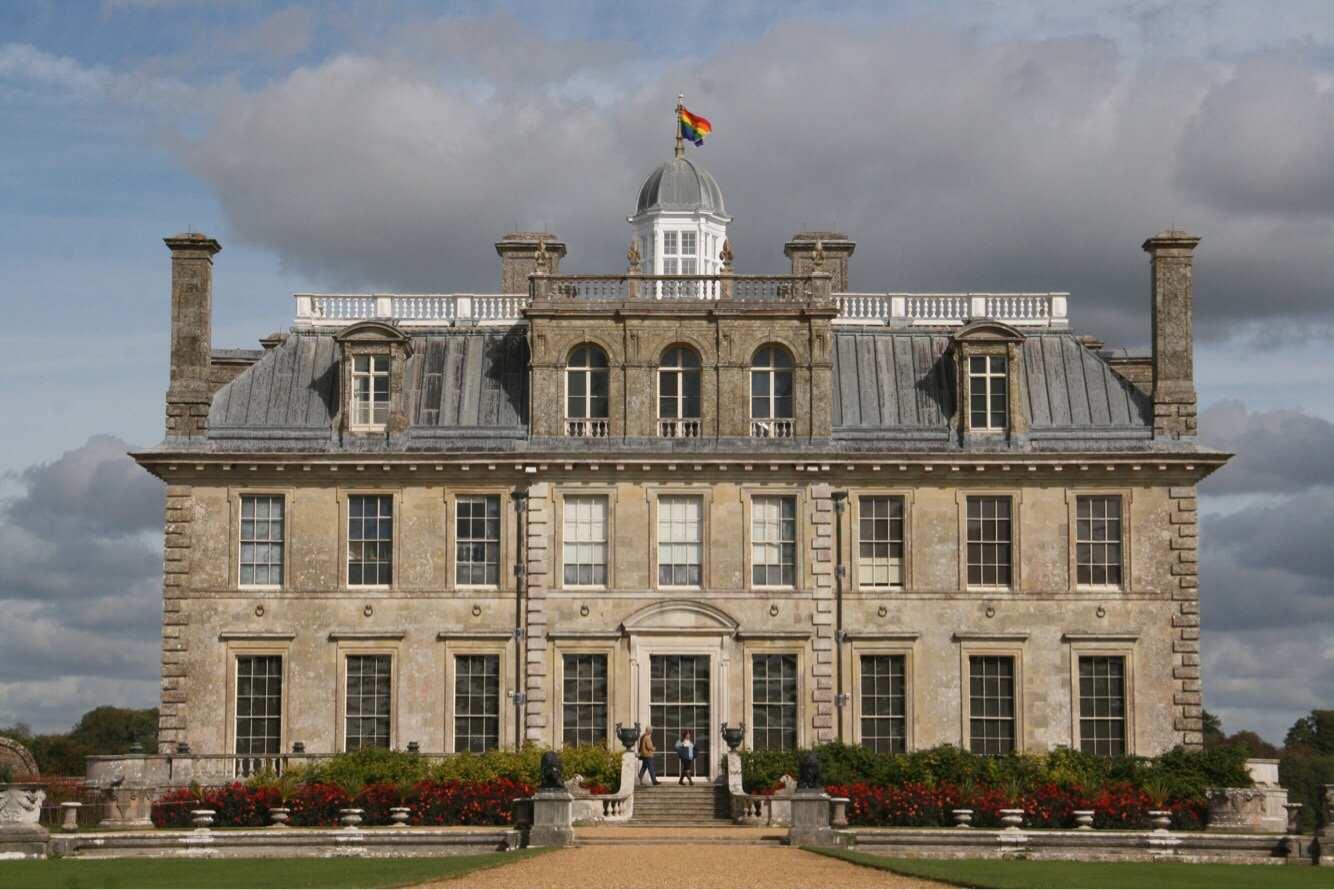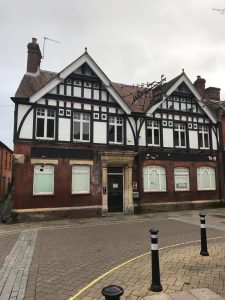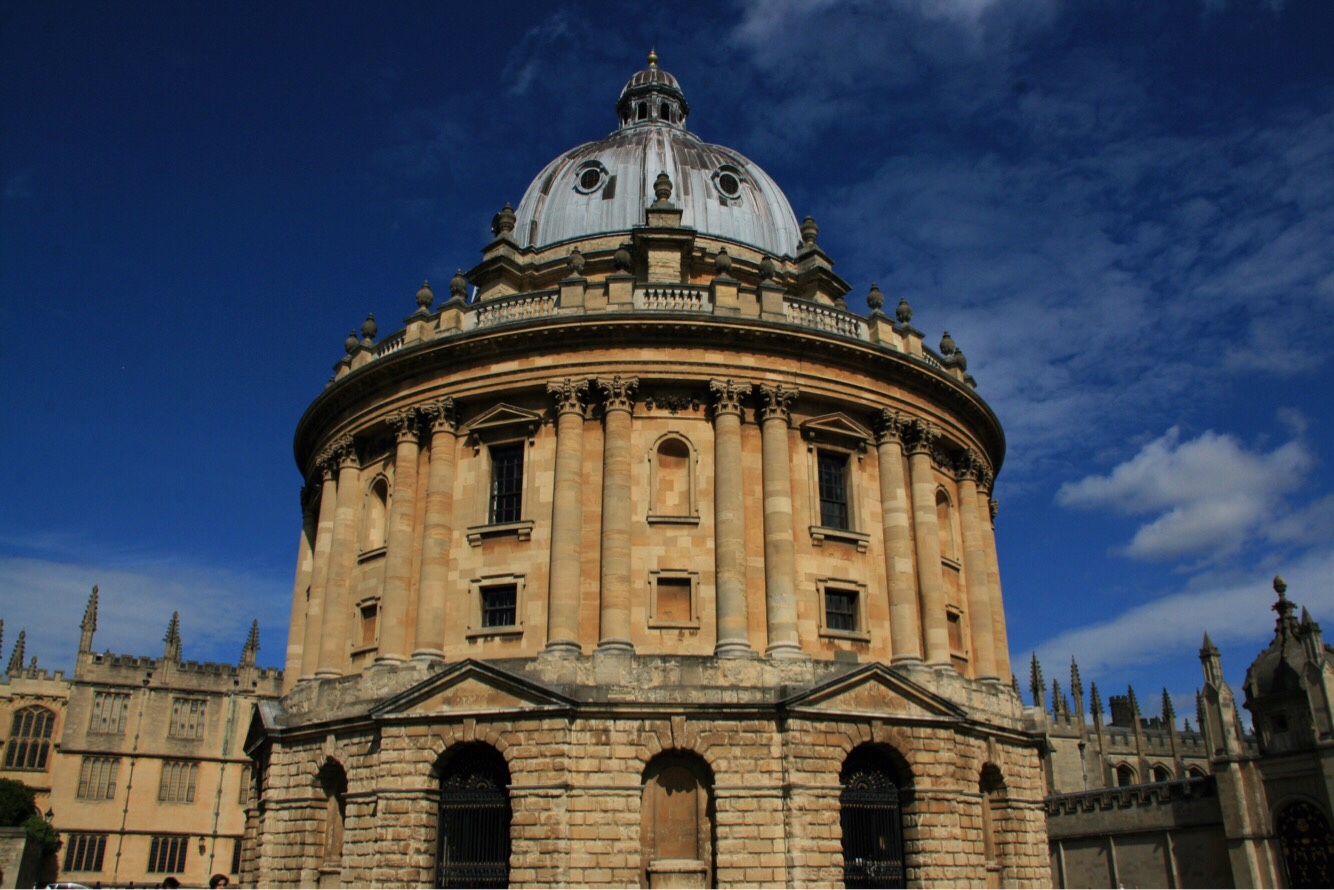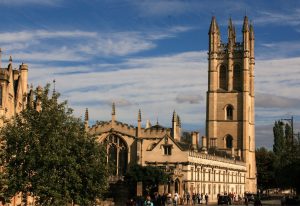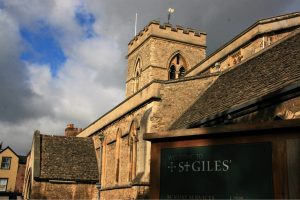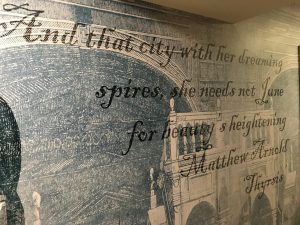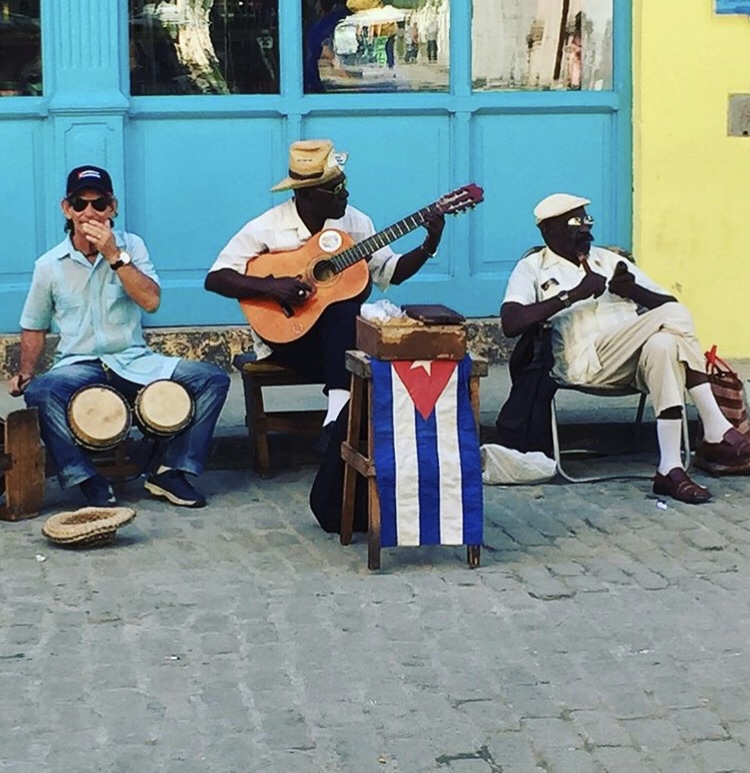Two down, two to go! Well after a brief and sadly quick visit it is now 3 down 1 to go. I was surprised to learn that Cardiff is one of the more modern capitals in world. Cardiff beat off competition from other Welsh cities, and in 1955 was confirmed as the capital. Long before Cardiff became a city it was surrounded by small villages which included Canton, Splott and Grangetown. These now form part of the city. During the industrialisation boom, Wales discovered its ‘black diamonds’. These were shipped down from the valleys to Cardiff Port. This brought wealth and prosperity to the city, buildings started to pop up, some of which still survive. By 1913 Cardiff Bay was the largest coal exporting port in the world and amazingly by 1964 all coal exports had ceased.

This flying visit means that the inquisitive history lesson was all too brief and one that will need to be explored further. Its early signs of life can be traced back through the castle. This has apparently been here since the twelfth century and was the first place of call. In the centre, still standing proudly is a keep, sitting proudly on top of a motte and bailey. Pictures of castles are the images I recall from my childhood years, and the substance cries out to me to explore. A steep climb up allowed for all too brief an exploration as, sadly, the curse of insurance claims and health and safety issues deprived me of rekindling my youthful exuberance. Like a kid sulking I reluctantly dragged myself inside the main mansion (a clear addition since the centre keep). Here I was blown away by a couple of wooden ceilings and I got lost in the moment capturing images of them on my camera. I entered sulking; I left with a new found appreciation of the castle.
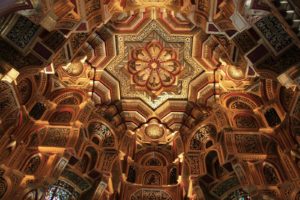
After leaving the castle it was time to discover the buildings that were built up during those diamond years. The City and County Halls are both dirty looking. They are both adorned with statues high up. On each corner of the front façade are interesting words of unity and patriotism, evoking the spirit of a nation. How sad that the country of my birth doesn’t seem to encourage such feelings among its members. The park in front of these buildings doesn’t share such a powerful message – more like ‘clean me up’ as it is covered in litter. I disapprove. Tucked away behind these buildings is a charming garden which is dedicated to the memory of Welsh heroes and should be visited or anyone making a trip to the city. This garden, in contrast to the one at the front of the building, is immaculate.

Where the litter is dropped seems to be of little concern to the inhabitants. It is clearly an issue all over the city. Sadly, visiting on a Sunday meant exploration was completed the day after the night before so to speak. Cardiff is famous for its nightlife (so I’ve heard, I must check this out) and its litter dropping. It definitely has some issues to resolve. As much as it provides a convivial and an entertaining location for an evening out, the significant stench and the disgusting dirt left behind is most unappealing and grotesque. Therefore, avoidance of the city centre was a must after walking through it and even on into Monday morning it showed no signs of improvement. The other disappointing sight and one that should be ringing alarm bells in both Cardiff and Westminster, was the huge number of homeless people. These people congregate in city centres no doubt for survival reasons and perhaps there is a measure of hope among some of them. They make an intimidating sight, even for a 6ft giant. What causes them to be in this situation, I will never know, I only pray that the help and support can be provided.

Enough of the doom and gloom – I take a boat ride along the River Taff and listen to the commentary that is played out. Looking out from the boat I draw the conclusion that not one part of the city escapes the dirt and pollution that effects it all. A net has been strategically placed in the river to minimise and even prevent pollution of the bay. Cardiff Bay is up and coming (it used to be a terrible area I am told); the copper building dominates the new area that is being developed. There are some Welsh words engraved on the outside of this building, but I am left to wonder what they actually mean. Do they actually want people to visit this city whose only language is, unfortunately, not Welsh?

A return trip back from the Bay, and I can sit and reminisce over another year of life. Celebrate all the good that has happened and learn from all the mistakes. Cardiff, although a great time was had, you were a slight disappointment. You need more than you have got and what you have got needs to be kept better than it is. The rugby stadium and nightlife appeal in some way to a part of me, but sadly it isn’t a city that will lure me back. Sorry Cardiff.
Cardiff, Wales, United Kingdom



